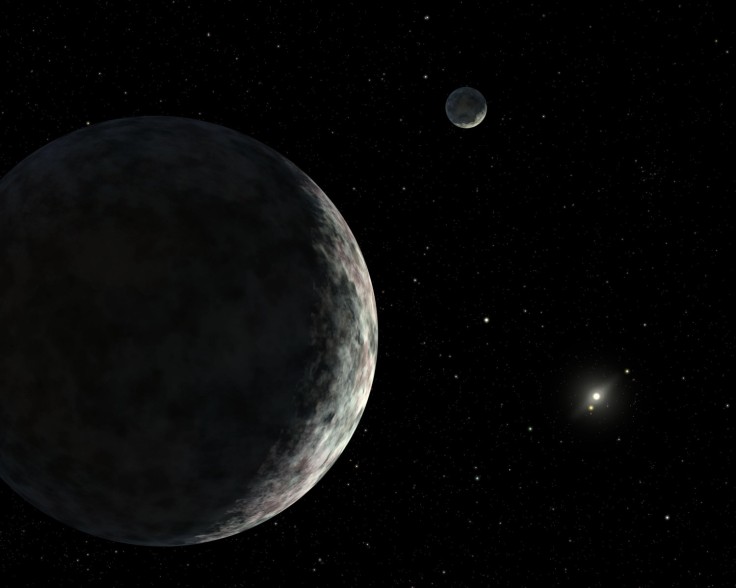The passage of time is a constant march, but so too are the advancements in our knowledge and application of science and technology. Back in the early 2000s, we went from using MP3 players, VHS tapes, and floppy disks to iPods, VCDs, and USB flash drives, per Business Insider.
However, these transitions did not come smoothly. There were still people that cling to the old ways, either due to economic concerns or because they were too used to what was becoming obsolete.
The same is true with our scientific knowledge. Back in the early 2000s, the whole world accepted Pluto as the ninth planet of our solar system, which was a piece of information widely accepted by the scientific community and the rest of the world since the 1930s, per the University of Southern Maine.
However, the discovery of another planet changed what we know of the solar system for days to come, which would stir much disagreement and debate.
Here's what happened the day the dwarf planet Eris was discovered.

A Quick Summary Of The Discovery Of Eris
It all began in 2005 when a team made up of astronomers Mike Brown, Chad Trujillo, and David Rabinowitz were studying photographs taken by the Samuel Oschin Schmidt telescope at Palomar University to look for large objects in the other solar system, per ABC27.
During that time, they found a small object that changed position while being photographed. Careful examination of the object revealed that it was a planet three times further from the sun than Pluto.
The discovery was made public on July 29, 2005, and soon after, the planet had a moon and that the planet was roughly bigger than Pluto.
The International Astronomical Union (IAU) soon named the planet Eris, after the Greek goddess of strife and discord, while its moon was named Dysnomia, after Eris' daughter and the Greek goddess of lawlessness.
The IAU couldn't have chosen a more apt name. Thanks to this Eris' discovery, the IAU was forced to redefine what it is to be a planet.
The new definition came with three requirements:
- It is orbiting the sun
- It is massive enough to form a roughly spherical shape (also known as "hydrostatic equilibrium")
- it has "cleared the neighborhood," which means that no other object of similar size is in the planet's orbit
The redefinition made people angry as the IAU not only made the definition of a planet "confusing" and "complicated," but also because of the "demotion" of Pluto from the ninth planet of the solar system to a dwarf planet. Unfortunately, both Eris and Pluto didn't clear the third requirement, per Encyclopedia Britannica and the California Institute of Technology.
Eris - A Summary Of Facts
Eris, which was once named 2003 UB313, is about 722 miles wide or one-fifth of the Earth's radius, per NASA. It is also the farthest celestial object in our solar system, with the planet being 68 astronomical units away from the sun or 6.29 billion miles away.
Additionally, it takes Eris 557 years to revolve around the sun while it takes 25.9 hours to rotate around its axis.
Its moon, Dysnomia, obits around Eris for about 16 days and is possible 22 times smaller than the planet it is orbiting around, making it 100 kilometers in diameter., per a separate page from the California Institute of Technology.









